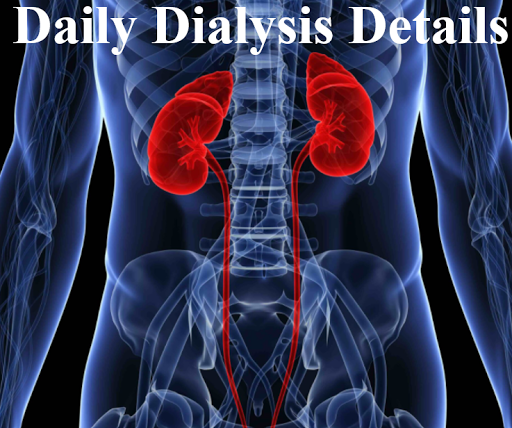Doctor's Tips
There are certain rules to follow in order to keep kidney health intact. Doctors, nurses, and other healthcare providers encourage the following lifestyle habits to ensure healthy kidneys and overall health. 1. Maintain a healthy and balanced diet. Most kidney problems arise from other medical conditions such as diabetes, hypertension, and cardiovascular problems. Eating a healthy diet will help control weight and blood pressure. Eating a healthy diet that is low in sodium and processed meats could help prevent kidney damage. Foods that are low in sodium, such as blueberries, broccoli, and more are favorable. Preventing hypertension and diabetes will help keep the kidneys functioning correctly. 2. Remain active Keeping an active lifestyle and exercising regularly can help lower the risk of chronic kidney failure. Being physically active will also lower one's blood pressure and can improve heart health. As previously mentioned, cardiovascular health is importa

